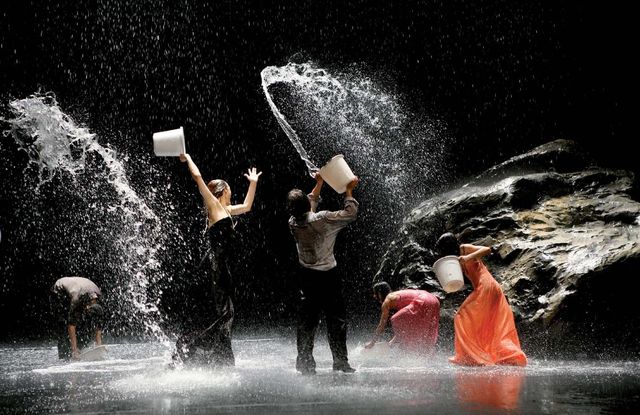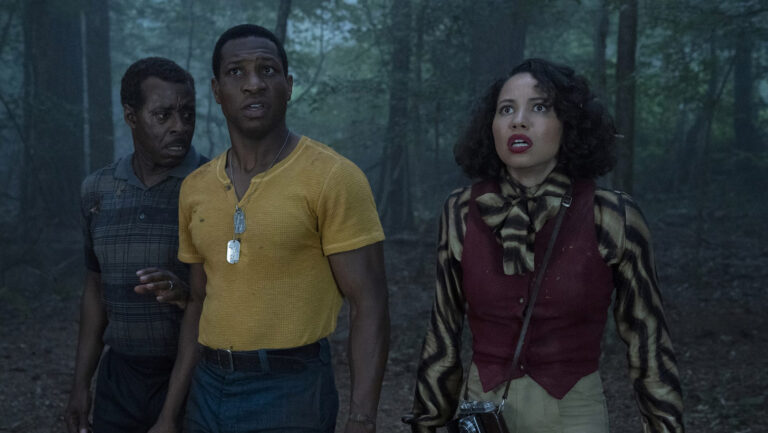Film Review: Wim Wenders Documents Modern Dance In 3D With Pina
Technically Dazzling 3D Dance Doc Likely To Leave Viewers Dizzy


The water symbolizes ethnic repression in Serbia.

No interpretive dancing in the crosswalk

please.


